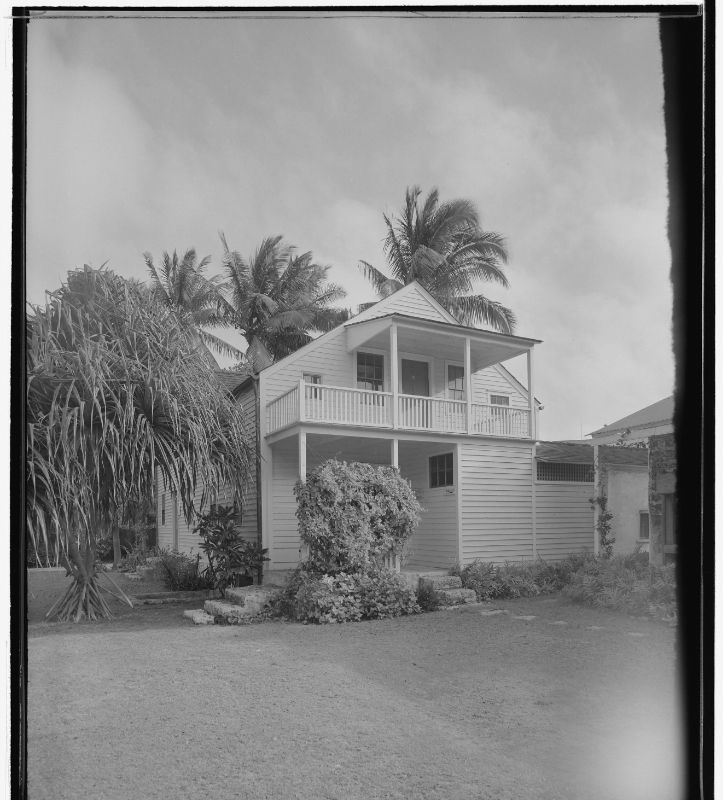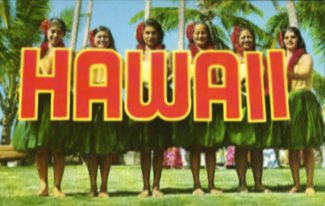John and Eleanor Young had a family of five children: Annie Edith Young was born December 28, 1868 (in San Francisco), then in San Diego, Herbert Gray Young, on March 21, 1870; William Edward Young, on April 24, 1875; John Alexander ‘Jack’ Young, on January 2 1882; and Edgar Nelson Young, on July 21, 1885.
John’s father was a chair and cabinetmaker, and John followed in his father’s footsteps. The family supplemented their income with produce from their garden; John often took the older boys fishing mackerel and bottom fish in San Diego Bay.
Eleanor Young developed rheumatoid arthritis when she was in her early forties. She died on February 16, 1894 at age forty-five, leaving minor children Jack, 12, and Edgar, 10, and granddaughter Belle, 8.
John Young suffered from tuberculosis in the 1890s. After Eleanor died, he traveled extensively trying in vain to find a more suitable climate. He finally returned to San Diego. There, he died September 13, 1896 at age fifty-seven.
John Young’s sons, Herb and Will had a business in the summers of 1898 and 1899 at Catalina Island (the Island was then owned by the Banning Brothers).
They set up a concession to provide sightseeing excursion boats circling the Island and fishing for the tourists. They also got permission to take tourists out in glass-bottomed boats to view the fish and undersea creatures. It was a very successful venture.
Will was a good storyteller and kept the tourists amused, while Herb went diving under the boat and excited the fish. Once he found a hammerhead shark with a lot of curiosity. Herb played with the shark and put on a good show for the viewers who thought he might be in mortal danger. The glass-bottomed boat trips became very popular.
Then Herb and Will saw opportunity for business in Honolulu. Herb thought it looked good and persuaded Will to join him there in December. In January 1900, Herb and Will started Young Brothers.
They purchased a small launch, the Billy, and made a business running lines for the ships, delivering foodstuffs to the crews, and ferrying passengers. They were joined in October by their younger brother, John Alexander ‘Jack’ Young, who was then eighteen years old.
From their first days in Honolulu, the Young brothers were fascinated by the big sharks that infested the waters just outside the harbor where the garbage was dumped.
While the three brothers were involved in their daily harbor activities, they came to befriend boat captains, passengers and interested bystanders who were fascinated by tales of sharks, and more particularly whether they attacked humans.
This led to a small side-business in shark hunting that quickly earned William the nickname ‘Sharkey Bill.’ Fishing parties would he formed from among hotel guests, who were taken out on the Billy for a day of shark fishing.
“[W]e got the contract for towing garbage out and dumping it daily. But despite the numbers of horses ashore, only once in a while was a carcass available for our uses.”
“We had our best opportunity to study the sharks as they fought over the floating body, literally going into frenzies with snapping jaws and lashing tails, whipping the water white with foam.” (William Young)
“Little by little we began to suspect that there might be profit in our old friend the shark. Passengers and visitors were very curious about the tigers of the sea and often became rabid partisans, as they do to this day, over the question of whether sharks attack and eat human beings.”
“What would have been rather gruesome stories, save for the fact that they were matched by many in our own daily experience, were recounted to make or discredit a point.”
“Our opinions were sought, but we could not say for sure, never having actually seen a shark devour a man. But we could and did offer to take anyone shark fishing who wanted to go, and many went.”
“Our method was always the same, except when circumstances beyond our control arose, to which we had to adapt our [shark] hunting …”
“It was great sport to take a small party of fishermen out, and using a carcass for bait, attract sharks close enough to catch or kill.”
“But it does not attack at once. A shark is above all cautious, for all his curiosity. He swims around the carcass, sniffing and sizing up the situation.”
“He comes close to the boat and sticks up one cold, expressionless eye, and winks at us in his ghostly way. Then, once more he returns to the alluring meal spread so invitingly before him. He cannot seem to make up his mind. Finally he disappears.”
“Gone? Wait a bit and see. In twenty minutes or half an hour he is back, this time with four or five of his friends whom he has informed of the free meal that he found. They circle about, hungrily. … What is the matter, don’t they want it? Have patience, this is their custom.”
On February 27, 1904, Herbert Young caught a monster gray shark off Ewa in the harbor. Measuring fourteen feet long, it was the largest shark ever seen there. When opened, the stomach contained the remains of three big pigs and a quantity of horse flesh.
The body of one of the pigs was nearly intact and had apparently been just gulped down whole. The shark could easily have swallowed a man.
It was put on display at the Navy wharf. Then it was skinned by Fish Inspector Berndt and, after preparation, the skin was sent off to the fish commission as an outstanding specimen of gray shark.
On another adventure, “Professor PM Stewart who occupies one of the chairs of language in Cambridge University, England, has had an experience during his visit to Honolulu that probably never came to him before. He went shark fishing.”
“On Friday he caught a shark. His wife who has attracted much attention in this city on account of being a very tall striking looking blonde with very ultra English appearance, accompanied him and to catch the first shark.”
“He hooked one shark yesterday morning and drew the shark close to the boat and then started to dispatch the sea wolf with a spade. The weapon was bent and then Professor Stewart took a hatchet to strike the monster. In his excitement the professor struck the line with the hatchet cutting the line and allowing the shark to escape.”
“Later in the day a second shark was caught near the bell buoy. This time the shark was dispatched without cutting the line and was towed in shore. The shark measured about 14 feet in length and was of the man eating variety.”
The boys “have hit on a new scheme for shark fishing. They are able now to take the sharks with a hook and line instead of harpooning them as was done formerly. Some very successful expeditious have been taken out by tile young men.” (Hawaiian Star, June 2, 1906)
Shark jaws would sell for $5 apiece and were prized as souvenirs for mounting and display by members of the party, while the fins were taken away to be made into soup by the many Chinese who frequented the wharves.
On March 19, 1904, the Waikiki Aquarium opened. “The land and the building at Waikiki were donated by prominent citizens, and the traction company had the job of maintenance.”
[William]I applied for the position of manager, having previously caught and tended many fish with Herb for the Aquarium at Catalina. My application was accepted, and so for a year I herded fish. I not only nursed, fed and attended to their wants, but also, with the help of a native fisherman, caught all the specimens exhibited in the building.”
“Many were caught within a stone-throw of the building wall. There were big ones, little ones, brilliantly colored tropical fish, squid, shark and surgeon fish, which carries the sheathed spine near his tail for a weapon.” (William Young) He also continued to help run Young Brothers until the demands of Young Brothers compelled him to return full time.
William decided to make a little extra money by harpooning a large shark to show at the County Fair, held in Honolulu each September.
The Elks Club was in charge of the amusement concession, so for a booth rental of $60, William set up a display of a shark packed in ice and charged ten cents a look. By the end of the week, he had collected $1,500.
Herbert sold his interest in the Young Brothers business and went to the mainland to look for work as a diver. Jack Young and Will Young incorporated the business in 1913 as Young Bros. Ltd; Will no longer took an active part in the business.
In the years that followed incorporation, it was necessary for the Young Brothers’ fleet to continue growing in order to meet the needs of business that paralleled the expanding territorial economy.
“A business proposition that looked promising came along about this time, but it meant that I would leave Honolulu for New York to be gone an indefinite time. Nothing of a business nature held me in Hawaii, and so I made arrangements to sail aboard the President Harrison.”
“I went aboard just as I had boarded all the big ships for so many years in the harbor, but this time there would be no hurried climb over the side to the towboat as the vessel swung out the channel. Once she had warped out of the dock, I was aboard for good, headed for the States and a new future.”
“Good-bye to Honolulu! A passenger at my elbow sighed and said, ‘I hate to go,’ which, I realized, summed up my case, but inadequately.”
William left Young Brothers in the hands of Jack, the last founding member of the company to remain in Hawai‘i. (Lots of information here is from William Young’s book Shark Shark, Young Brothers: 100 Years of Service, and a Young family background and genealogy.)












































